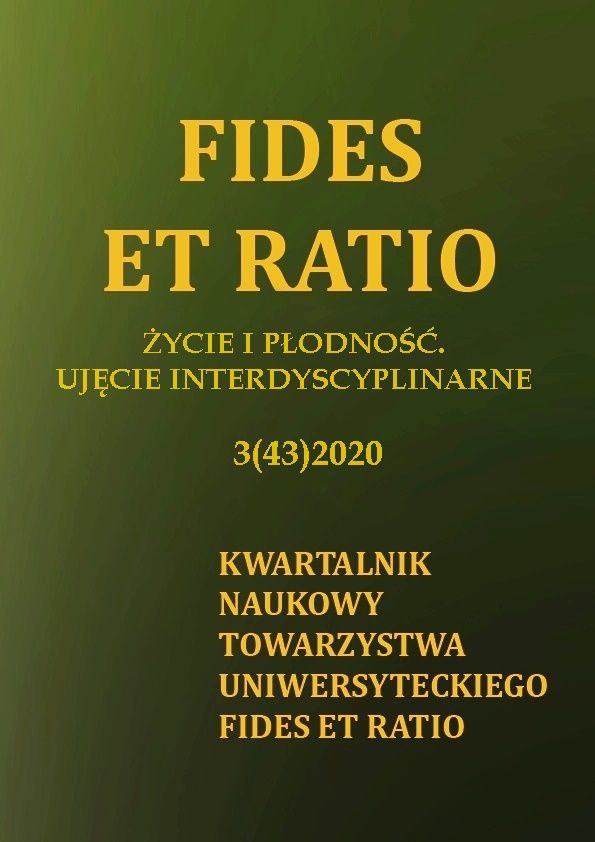Abstract
Endometriosis is a disease that manifests itself as a complex set of clinical symptoms. Due to the diverse course and different expectations of patients, it requires comprehensive and interdisciplinary medical care. The statement that “endometriosis is the occurrence of endometrial-like tissue outside the uterine cavity” does not reflect the complex nature and therapeutic difficulties associated with the disease. The lack of fully effective treatment options, frequent relapses, and possible complications are just some of the problems that can be encountered. Creating a network of reference centers focused on this disease is a recognized way to provide patients with endometriosis with adequate and effective care. Due to the specificity of endometriosis, primary and secondary health care is often associated with poor treatment results of this demanding group of patients. In contrast, the provision of care at the highest level in cooperation with specialists from various medical disciplines can be obtained in reference centers, thanks to the training of staff and the implementation of therapeutic protocols and guidelines. The ongoing evaluation of therapeutic outcomes lead to the opportunity of scientific research and novel, practical therapeutic strategies that serve best to patients. Ensuring adequate care for this demanding group of patients also requires the establishment of new health programs that provide adequate resources to fight the disease.
References
Adamson GD, Pasta DJ.(2010). Endometriosis fertility index: the new, validated endometriosis staging system. Fertil Steril. Oct;94(5):1609-15. doi: 10.1016/j.fertnstert.2009.09.035.
D’Hooghe T., Debrock S.(2003). Future directions in endometriosis research, Obstet Gynecol Clin North Am, 30,221–244. doi: 10.1016/s0889-8545(02)00063-3.
D’Hooghe T., Hummelshoj L.(2006). Multi-disciplinary centres/networks of excellence for endometriosis management and research: a proposal, Hum. Reprod., 1-6. doi: 10.1093/humrep/del123
Dunselman G.A., Vermeulen N., Becker C., Calhaz-Jorge C., D'Hooghe T., De Bie B., Heikinheimo O., Horne A.W., Kiesel L., Nap A., Prentice A., Saridogan E., Soriano D., Nelen Wm .(2014). European Society of Human Reproduction and Embryology. ESHRE guideline: management of women with endometriosis, Hum Reprod, 29(3): 400-12. doi: 10.1093/humrep/det457.
Ebert AD, Ulrich U, Keckstein J, Müller M, Schindler AE, Sillem M, Tinneberg HR, De Wilde RL, Schweppe KW; Endometriosis Research Foundation, and the European Endometriosis League. (2013). Implementation of certified endometriosis centers: 5-year experience in German-speaking Europe. Gynecol Obstet Invest;76(1):4-9. doi:10.1159/000346457.
Ferrari F, Forte S, Sbalzer N, Zizioli V, Mauri M, Maggi C, Sartori E, Odicino F.(2020). Validation of an enhanced recovery after surgery protocol in gynecological surgery: an Italian randomized study. Am J Obstet Gynecol. Jul 8:S0002-9378(20)30720-1. doi: 10.1016/j.ajog.2020.07.003.
Filipecka-Tyczka D., A Kajdy, BP Siekierski, M Stańczyk, A Rogowski, M Rabijewski and RB Maksym.(2020). Deep infiltrating endometriosis as a cause of severe urogynecological complications despite invasive treatment – report of two cases from the center for endometriosis surgery. Clinical and Experimental Obstetrics and Gynecology, zaakceptowane do publikacji.
Filipecka-Tyczka D, Maksym RB., Kajurek K, Rogowski A, Rabijewski M. (2019) Endometrioza głęboko naciekająca – jak ją rozpoznać? Ginekologia po Dyplomie, 21 (2), 60-65.
Koninckx, P.R., Ussia, A.(2010). “Centers of excellence in endometriosis surgery” or “centers of excellence in endometriosis”. Gynecol Surg 7, 109–111. doi.org/10.1007/s10397-009-0549-4.
Hummelshoj L., Prentice A., Groothuis P.(2006). Update on endometriosis, Womens Health, 2,53–56. doi: 10.2217/17455057.2.1.53.
Johnson NP, Hummelshoj L; World Endometriosis Society Montpellier Consortium.(2013). Consensus on current management of endometriosis. Hum Reprod. Jun;28(6):1552-68. doi: 10.1093/humrep/det050.
Maksym R., Baranowski W. (2020). Etiopatogeneza endometriozy – geny czy środowisko? w: W Baranowski (red.), Standardy diagnostyki i leczenia endometriozy - Monografia Ginekologia po Dyplomie, 5-10, Warszawa: Medical Tribune Polska.
Maksym RB, Skibińska M. (2019), Diagnostyka niepłodności kobiecej w oparciu o międzynarodowe wytyczne, Fides et ratio. 3(39);30-43. doi: 10.34766/fetr.v3i39.118.
Stępniewska A., Biela M., Ceccaroni M. (2020). Organizacja opieki nad pacjentkami z endometriozą – rola ośrodka referencyjnego, w: W Baranowski (red.), Standardy diagnostyki i leczenia endometriozy - Monografia Ginekologia po Dyplomie, 46-60, Warszawa: Medical Tribune Polska.

